The University of Chicago Press, Chicago, 60637
The University of Chicago Press Ltd., London
1973, 1974, 1987, 2016 by Molly Haskell
All rights reserved. Published 1974.
Second edition published 1987 by the University of Chicago Press
Third edition published 2016 by the University of Chicago Press
Foreword 2016 by Manohla Dargis
Introduction to the third edition 2016 by Molly Haskell
Printed in the United States of America
22 21 20 19 18 17 16 1 2 3 4 5
From Reverence to Rape was first published by Holt, Rinehart and Winston, Inc., New York, 1974. Portions of The Twenties previously appeared in the Columbia Forum. Portions of The Big Lie previously appeared in American Film Institute magazine.
ISBN: 978-0-226-41289-4 (paper)
ISBN: 978-0-226-41292-4 (e-book)
DOI: 10.728/chicago/9780226412924.001.0001
Library of Congress Cataloging in Publication Data
Names: Haskell, Molly, author. | Dargis, Manohla, author of foreword.
Title: From reverence to rape : the treatment of women in the movies / by Molly Haskell.
Description: Third edition / with a new foreword by Manohla Dargis. | Chicago ; London : The University of Chicago Press, 2016. | Includes index.
Identifiers: LCCN 2016015755 | ISBN 9780226412894 (pbk. : alk. paper) | ISBN 9780226412924 (e-book)
Subjects: LCSH: Women in motion pictures. | Rape in motion pictures.
Classification: LCC PN1995.9.W6 H3 2016 | DDC 791.43/6522dc23 LC record available at https://lccn.loc.gov/2016015755
 This paper meets the requirements of ANSI/NISO Z39.481992 (Permanence of Paper).
This paper meets the requirements of ANSI/NISO Z39.481992 (Permanence of Paper).
MOLLY HASKELL
From Reverence to Rape
The Treatment of Women in the Movies
Third Edition
With a New Foreword
by Manohla Dargis
THE UNIVERSITY OF CHICAGO PRESS
Chicago
MOLLY HASKELL attended Sweet Briar College, the University of London, and the Sorbonne before settling in New York. After working at the French Film Office in the sixties (at the height of the nouvelle vague), she went to the Village Voice, first as a theater critic, then as a movie reviewer, and from there to New York Magazine and Vogue. She has written for many other publications as well, including the New York Times, the Guardian UK, Esquire, the Nation, Town and Country, the New York Observer, and the New York Review of Books, and has taught film at Barnard and at Columbia. She was married for forty-three years to the film critic Andrew Sarris. She has received a Guggenheim Fellowship and the Athena Award for criticism.
She is author of a memoir, Love and Other Infectious Diseases, and a collection of essays and interviews, Holding My Own in No Mans Land: Women and Men and Films and Feminists, as well as Frankly My Dear: Gone with the Wind Revisited and, most recently, Steven Spielberg: A Life in Films.
To Andrew
CONTENTS
by Manohla Dargis
FOREWORD
Manohla Dargis
In 1974, the year that Molly Haskells landmark From Reverence to Rape: The Treatment of Women in the Movies was first published, you had to squint to find a woman holding her own on the big screen. Typical of that years higher-profile, more memorable female roles was Linda Blairs prepubescent girl who, in The Exorcist, is possessed with a demonic strength that makes her head spin and wreaks havoc on her world. Unruly women, as Haskell illustrates in her wide-ranging book, have long been a cinematic staple alongside what she calls the love goddesses, mothers, martyrs, spinsters, broads, virgins, vamps, prudes, adventuresses, she-devils, and sex kittens.
More than forty years after its initial publication, From Reverence to Rape remains an essential volume for film specialists and generalists alike, a longevity that speaks to its breadth, depth, and significance. At once sweeping and detailed, historical and personal, the book traces the representation of women from the female-friendly silent era through Hollywoods by turns golden and corrosive ages and finally to the testosterone-fueled revolution of the 1970s known as New Hollywood. Few critics and theorists can move as effortlessly across erastaking on different genres, stars, and directorsas Haskell does. She is as skilled discussing Frank Borzages 1920s films with Janet Gaynor as she is writing about the new womens films of the early 1970s, in which the relegation of men to the shadows, she suggests, signals a separation of the sexes more radical than at any previous point in our history.
Haskell traced this gender divide back to the early 1960s, concluding that this period of social unrest had been the most disheartening in movie history. In the roles and prominence accorded women, she writes, the decade began unpromisingly, grew steadily worse, and at present shows no signs of improving. By 1987, for the second edition, she sounded a touch more optimistic, observing that the treatment of women in the movies over the last ten years is the story of absence, followed by a fragmented, schizophrenic, but oddly hopeful presence. This fragmentation has remained a constant ever since. And, decades later, the separation of the sexes that Haskell diagnosed can feel like just another night at the movies, with men and women occupying entirely different screen worlds: comic-book superhero stories and cop movies and bromances, etc. for himchick flicks for her.
To reread Haskell today is to understand that in From Reverence to Rape she wasnt only writing about cinemas past and present; she was also writing about the future that we now find ourselves in today. Because while much has changed for the better since 1974there are, for instance, more women directing movies than at any time in historyAmerican mainstream cinema has for decades been dominated by movies about men for men and by men, from run-of-the-mill male-driven action pictures and animated childrens movies to the superhero films that dominate annual box office charts with instructively named characters like Batman, Iron Man, Spider-Man, and Superman. Few of these movies offer leading roles for women, especially adults, which has resulted in a long-standing representational crisis in which female characters are radically marginalized and sometimes entirely absent.
From Reverence to Rape was published on the cusp of second-wave feminism, and its subject as well as its passion, which at times boils over into barely contained outrage, partly reflects its political moment. (Some of Haskells language, including her references to man-haters and fag-hag, also reflect a certain period sensibility.) That passion announces itself in the title of her first chapter, , which she bracingly defines as the idea of womens inferiority. Women thrived in cinemas earlier years, when the popularity of silent stars like Mary Pickford (who cofounded the film studio United Artists) helped justify the need for movies for and about women. Yet as the American movie industry developed into a big business, women were shut out from decision-making positions, including as directors. And this business, Haskell asserts in chapter after chapter, perpetuated the big lie.
Yet one of the great paradoxes of the moviesand perhaps its saving graceis that even while women were being kept out of the studio front offices and the directors chair, the star system was producing immortals like of Pickford, Greta Garbo, Jean Harlow, Bette Davis, Katharine Hepburn, Barbara Stanwyck, Rosalind Russell, Joan Crawford, Grace Kelly, Audrey Hepburn, Doris Day, and Marilyn Monroeand on and on and on. Women were shut out of the power corridors of an industry that they were helping to build, creating art and beauty, obscuring sexism and racism. Haskell is particularly brilliant on this contradiction, and shortly after introducing the big lie, she presents some of the paradoxes that are familiar to those of us, women included, who love the movies even when they dont love us back: the film industry maneuvered to keep women in their place; and yet these very myths and this machinery catapulted women into spheres of power beyond the wildest dreams of most of their sex.
Next page


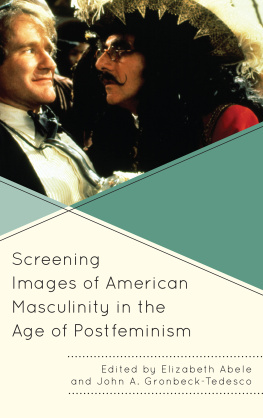
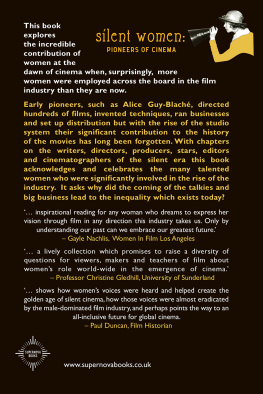
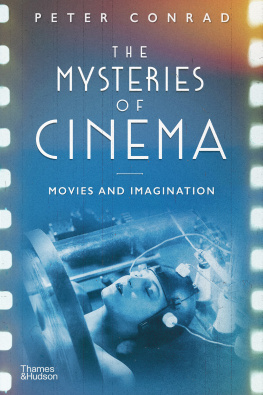
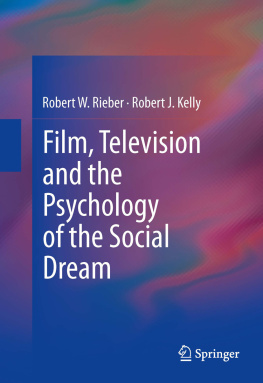

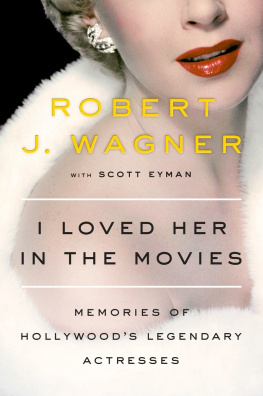
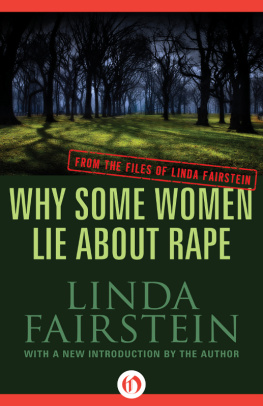
 This paper meets the requirements of ANSI/NISO Z39.481992 (Permanence of Paper).
This paper meets the requirements of ANSI/NISO Z39.481992 (Permanence of Paper).